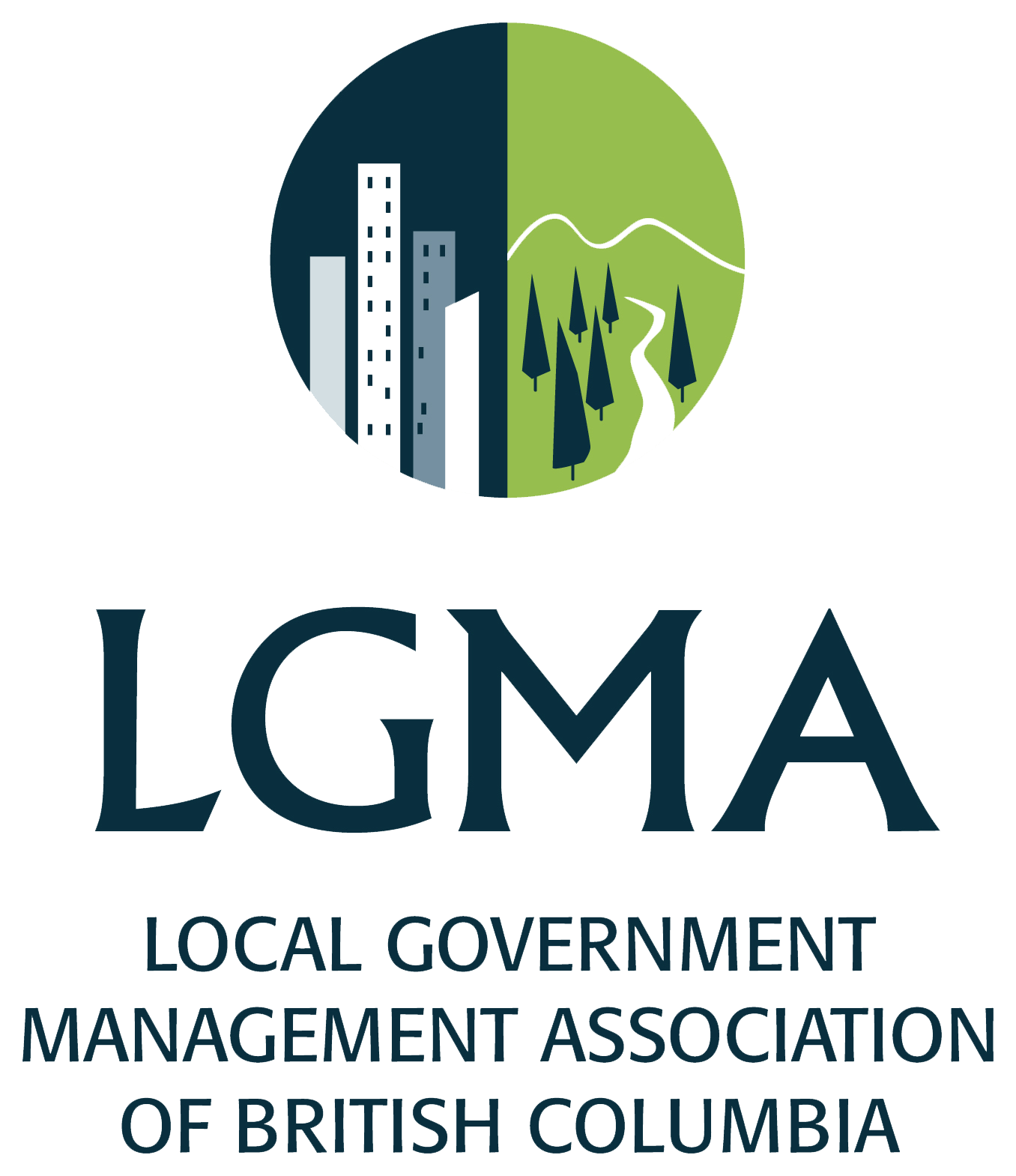Building Better Governance: Bylaw Update 2015
Building Better Governance: Bylaw Update 2015
Since the fall of 2014, the LGMA Board has been focused on the need to update our bylaws to ensure we meet the pending changes to the BC Society Act. It has also provided a timely opportunity to undertake a more extensive review to identify other improvements. There hasn't been a significant review of the LGMA Constitution and bylaws in recent years, with only minor changes approved by the membership in 2007 and 2009.
Aided by the members of the Governance Subcommittee, with the support of legal counsel and a registered parliamentarian, a number of areas for improvement have been identified.
As a result, updates are being recommended that will strengthen Board governance, ensure our compliance with pending legislation and enhance member participation. Modifications also allow us to make better use of technology, enabling more direct notification to members, increasing voting options and giving us the ability to hold meetings electronically.
Learn more
Information has been prepared to keep members informed:
- Read the Building Better Governance Summary
- Read our most recent FAQs
- Read the Bylaw Comparison
document that shows a section-by-section review of what's changed and why
- Scroll down to see an Overview of Significant Updates at a glance
Overview of Significant Updates
The following provides a description of the significant updates to the Constitution and Bylaws.
Definition of who is a member (Part 2)
- The definition of who is a member of LGMA has been expanded in two ways:
- Given the breaks in employment that are frequently experienced by senior professionals in local government today, the bylaws now allow a member to become or retain their membership if they are employed by a local government or if they are under contract to a local government.
- The definition also includes a broader scope of local government managers beyond appointed management or statutory officials and their deputies and assistants to recognize managerial and supervisory positions in key service areas within local government. This brings the bylaws into alignment with current practice, as many local governments secure membership for a wide variety of staff within different professional groups.
- The intent remains for members to be appointed or non-unionized staff, but existing unionized staff with managerial or supervisory responsibilities who are already members of the LGMA will be “grandfathered” and policy will still allow for the Board to admit any new unionized members with managerial or supervisory responsibilities on a case-by-case basis in the interests of succession planning.
Rights and Obligations of Members (Part 2)
- The obligations of members have been expanded, aligning with the values of the LGMA and best practice around conflicts of interest.
- The new bylaws provide rationale and processes for termination, reinstatement and discipline of members. Previous bylaws provided for expelling a member but did not define the circumstances or procedures.
Board Composition and Qualifications (Part 5)
- Board positions have been changed by splitting the Secretary-Treasurer position and transferring the responsibilities for the Secretary position to an independent, non-board corporate secretary position and replacing the 2nd VP position with a 3rd Director at Large position. The aim is to have four Officers rather than five and to encourage broader representation of the membership with three Directors at Large, providing more opportunities for urban, regional district and small community representation.
- Qualifications for Directors are also defined, reflecting requirements in the BC Society Act amendments.
- Basic roles and responsibilities for the positions on the Board are described in the bylaws, and additional responsibilities will placed in policy to allow for flexibility in meeting the Board's current or future needs.
- Provision is made for the Board to appoint advisory, non-voting members as required to assist with Board work. This can bring greater expertise to the Board for critical policy or strategic requirements.
Executive Committee (Part 5)
- While not intended to be used except in extraordinary circumstances, an Executive Committee comprised of the President, Vice President, Treasurer and Past President is defined to be activated between Board meetings.
- The Board will enact policies to limit how the Executive Committee functions and to ensure the accountability of the Executive Committee to the Board.
Term Limits (Part 5)
- A term limit of six years is set for a Director who is not a Chapter Director to serve in any position or multiple positions and the service does not have to be consecutive. This will provide greater opportunities for those new to the Board to learn from existing Directors and cultivate fresh perspectives that will benefit all members.
- Chapter Director terms are set by the Chapters under their governance provisions, as set out under Part 10, dealing with Regional Chapters.
Termination of a Directorship (Part 5)
- In keeping with good governance practice, criteria are established for termination of a directorship and the powers of the Board to remove a Director.
Committees (Part 7)
- Standing committees have been defined in the bylaws to address major Board functions, including professional development, audit and risk management, human resource matters and governance (which includes the responsibility for Ethics). This is in keeping with best practice. Dissolving these standing committees requires a vote of the membership.
- The Chapter Standing Committees do not fall under this same provision, and the bylaws related to the Chapter Standing Committees are found in Part 10 dealing with Regional Chapters.
- The Board also has the authority to establish new standing and select committees as required.
Elections (Part 8)
- The bylaws reinforce that all positions are open for election each year and include formal recognition of a Nomination Committee, which will be accompanied by a policy and terms of reference. The role of the Nomination Committee, which has always existed but has not been acknowledged in the bylaws, is to seek and encourage candidates to run for election.
- The bylaws further clarify election procedures, including settling tie votes.
- To increase opportunities for voting and greater membership participation outside of participating in person at the Annual General Meeting, the bylaws introduce alternative voting methods (mail-in ballot or e-voting). Alternative means to hold meetings of the membership are also included, such as remote site options. Procedures to hold meetings or voting by these means will be clarified in policy.
Regional Chapters (Part 10)
- The LGMA is proud of the work of its regional Chapters, and the bylaw changes recognize the formal affiliation between the LGMA and the six regional Chapters. The bylaw changes reinforce that the Chapters may choose their own form – whether as incorporated societies or standing committees of the LGMA – along with their procedures, structure, mandate and Chapter representation on the Board.
- While not anticipated, as learned from the review of other similar associations, it is good practice to include procedures for dissolution of Chapters, and the bylaws have been expanded to provide for that.
Copyright © 2019 Local Government Management Association of British Columbia. All rights reserved.


